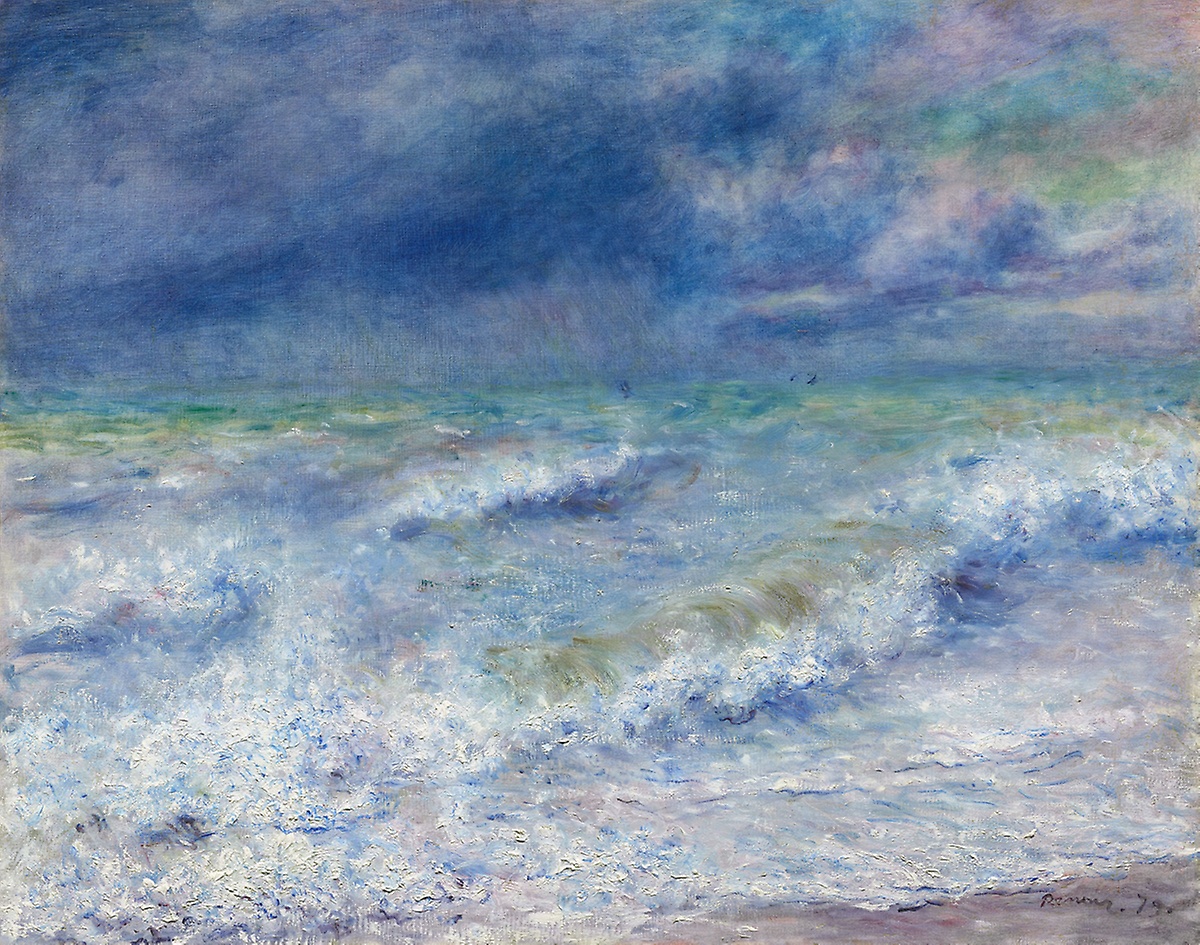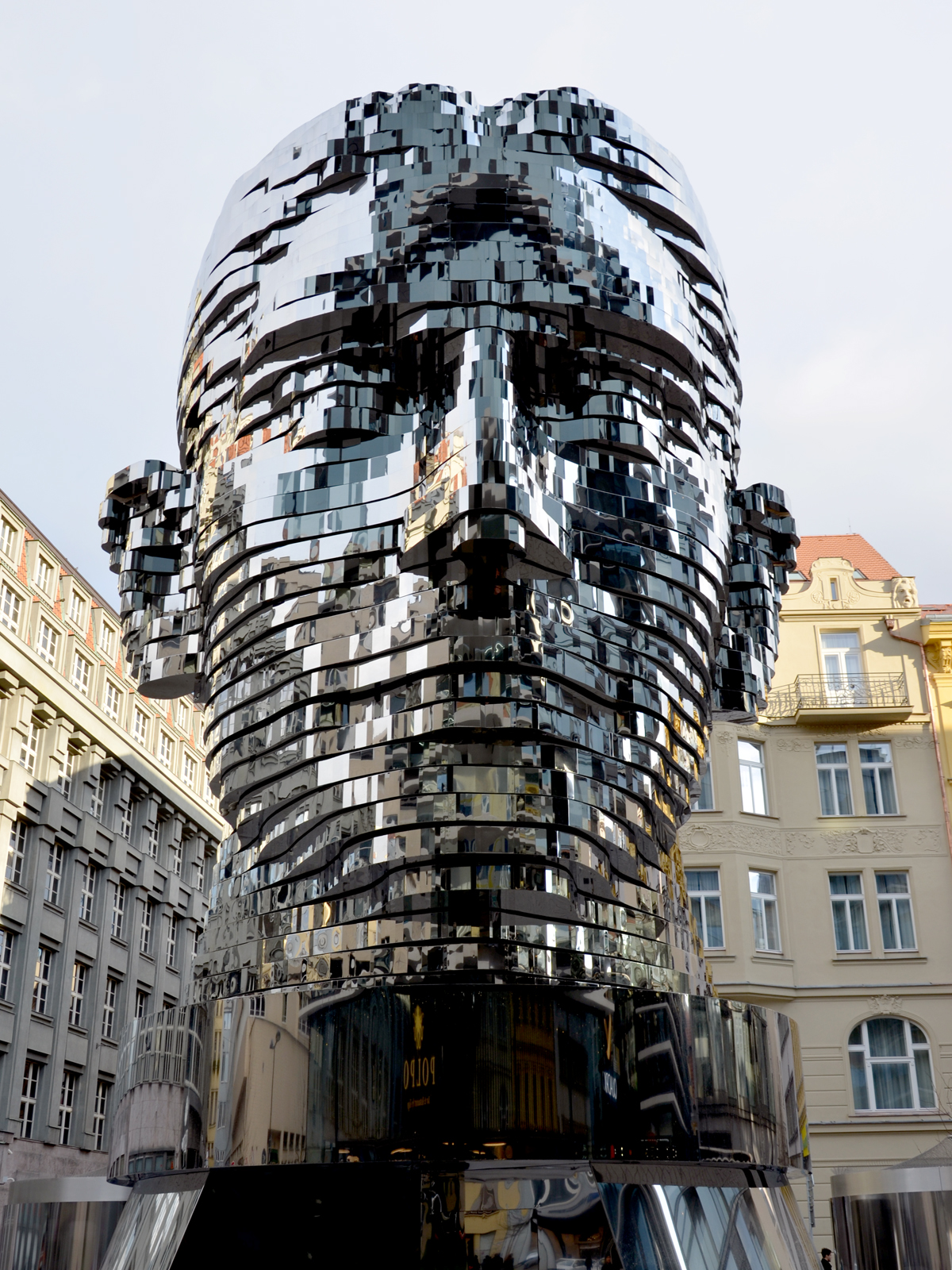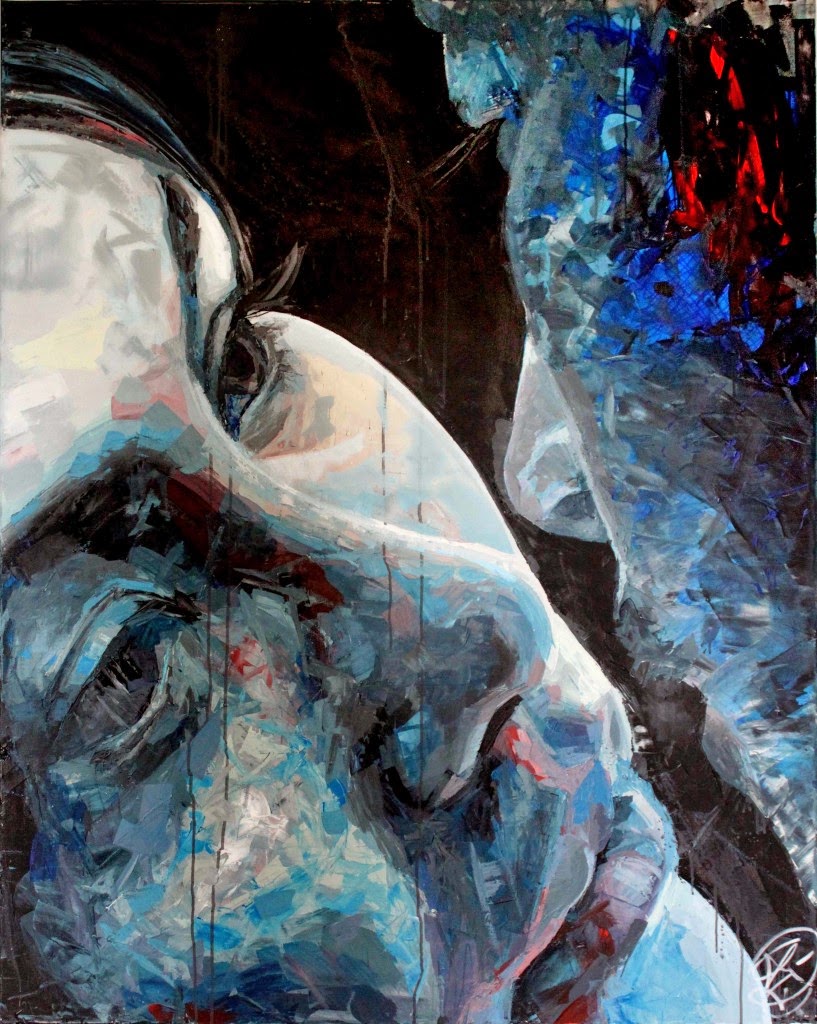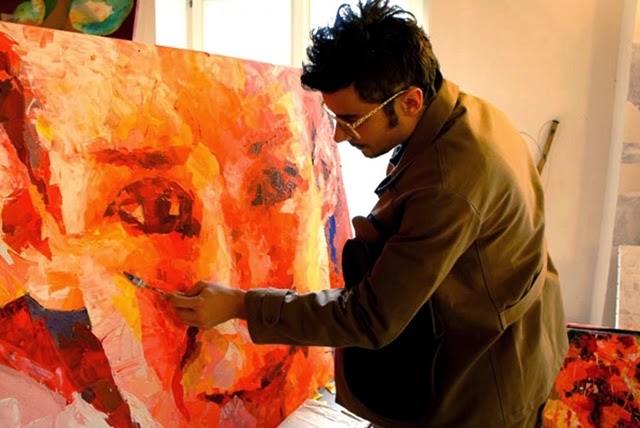Artist: Pierre-Auguste Renoir🎨 (French, 1841-1919)
Title: Seascape
Origin: France
Date: 1879
Medium: Oil on canvas
Inscriptions: Inscribed lower right: Renoir'79
Dimensions: 72.6 × 91.6 cm (28 1/2 × 36 in.)
Credit Line: The Art Institute of Chicago, Potter Palmer Collection
Reference Number: 1922.438
The name Renoir is closely associated with paintings of dancers, boaters, women, the celebration of life, and the enjoyment of leisure, which makes Seascape and its storm-tossed ocean quite unusual and unexpected.
For his landscapes, Renoir preferred sunny days with blue skies and calm winds; rarely do we see unsettled weather, and there are only four known winter scenes.
Il nome Renoir è strettamente associato con dipinti di ballerini, diportisti, donne, la celebrazione della vita e il godimento del tempo libero, il che rende Seascape ed il suo oceano tempestato di intemperie inusuali e inaspettati.
Per i suoi paesaggi, Renoir preferiva giornate soleggiate con cielo azzurro e venti calmi; raramente vediamo condizioni meteorologiche instabili e ci sono solo quattro scene invernali conosciute.
























.jpg)














